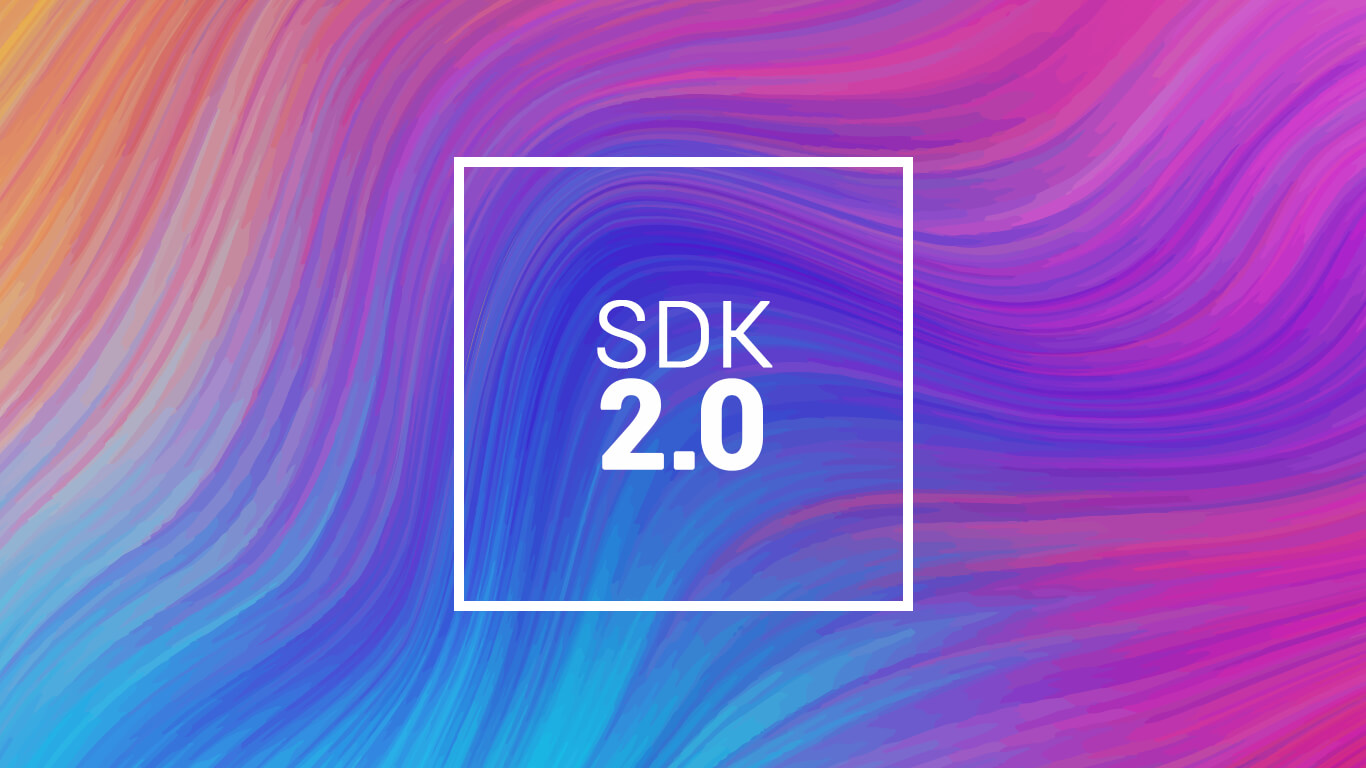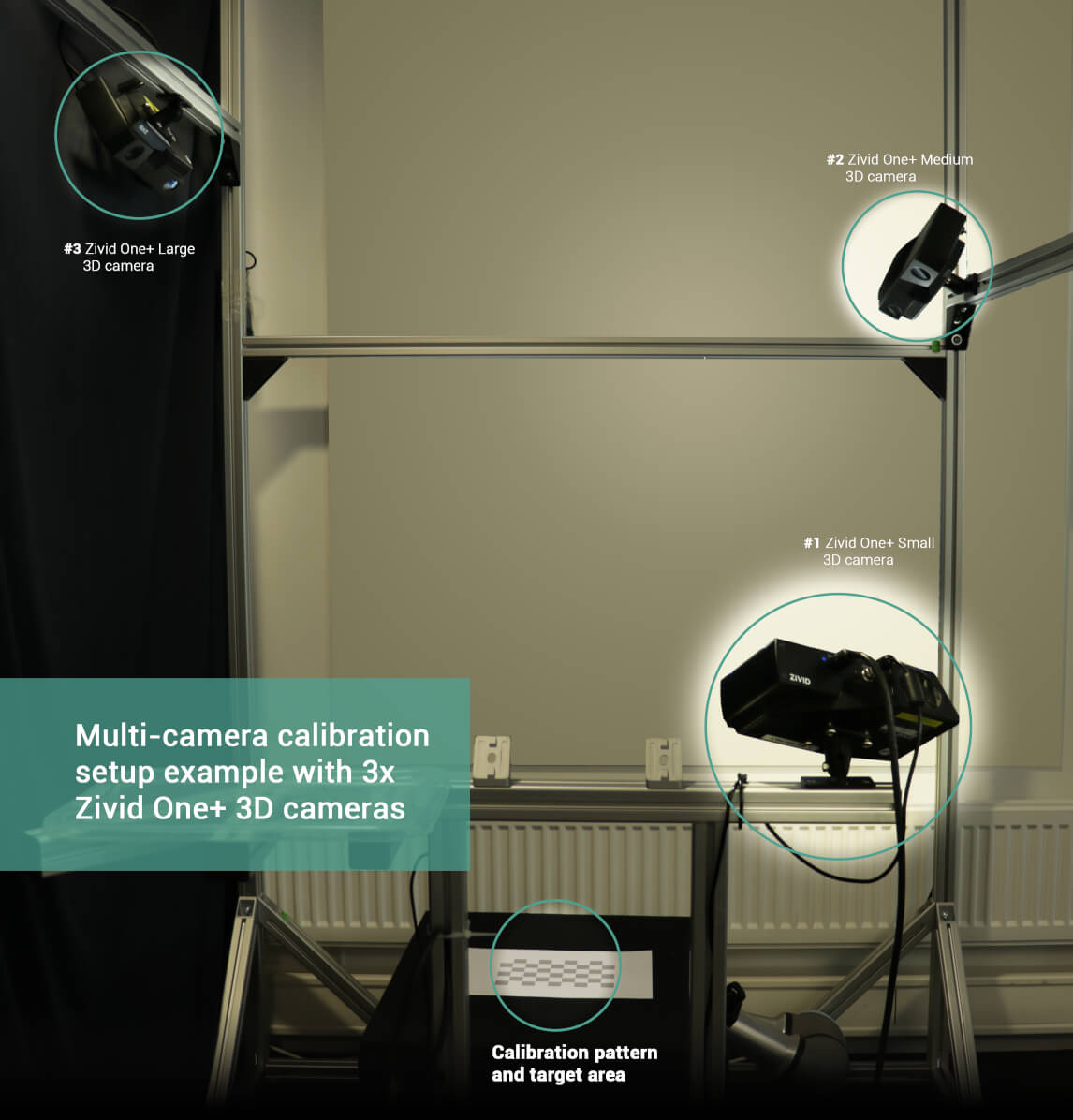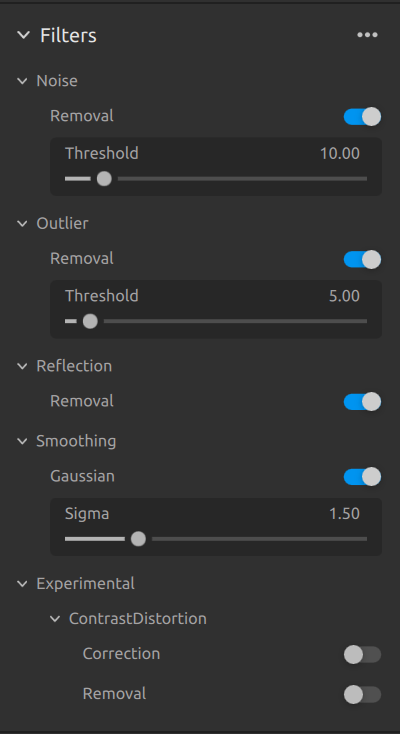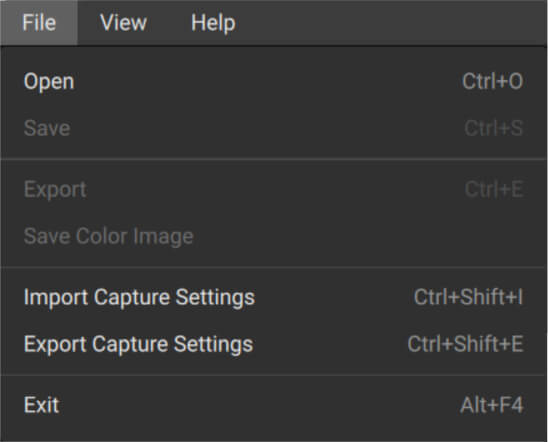
The team at Zivid is committed to providing our customers with continuous advancements of the Zivid One+ 3D camera family through frequent software updates.
SDK 2.0 is a major release for Zivid One+ 3D camera users. We have rebuilt the SDK to be a future proof platform, with focus on giving our customers increased speed, flexibility, and improved point cloud quality. Below you'll find the SDK 2.0 highlights, and you can download the latest software in the downloads section.
Optical effects in the 3D sensor system and highlights from target objects and certain scenes can introduce point cloud errors and artifacts. They affect 3D point cloud quality and how your application processes captured data points. By accommodating for these fundamental optical effects, you get a more correct representation of your target scene and objects.
Read more about point cloud artifacts here.
Zivid's new and unique ContrastDistortion filter available in SDK 2.0 can drastically reduce such effects and improve point cloud quality.
Capture the data you need. A range of output data-formats is now available. The flexibility makes it easy to optimize your application code based on the 3D, 2D, and color data you need. The output includes
We have introduced new capture settings structure and general improvements to the 3D processing pipeline. You now have extensive control of 2D, single 3D- and 3D HDR captures through a simplified Settings object. To increase point cloud processing speed, we have reduced GPU and CPU copying overhead. Use GPU acceleration to perform any affine point cloud transformation.

Performing 3D captures with two or more Zivid One+ cameras can give you a 360-degree view of target objects. Use SDK 2.0 to find the pose of your secondary cameras referenced in the frame of a primary camera. The resulting transformation matrix may then be applied to the point clouds on the GPU to yield all points clouds in a single frame of reference. Multi-camera works with Zivid One+ 3D cameras.
Learn more about multi-camera calibration here.

By using a new Signal-to-Noise Ratio metric, we introduce methods for quantifying data point quality, reduce noise based on the SNR value, and improve HDR merging.
We have updated naming conventions to make it easier to relate to and read 3D camera settings.

Now you can save and load the complete capture settings for single- and HDR captures in Zivid Studio.
We listened to your feedback and have added tons of new features to SDK 2.0. Some features are improved or fixed, and some have been moved. This includes color handling, faster estimation of Intrinsics, as well as updated filters. The Saturation filter is now always on, and the Contrast filter has been replaced by the improved SNR-based Noise filter.
Learn more about the changes in the Porting guide for Zivid SDK 2.0 in the knowledge base.
Download SDK 2.0 beta or see the full list of all Zivid SDK improvements and enhancements in the online software and documentation pages. The production release of the new SDK 2.0 is at the end of June.
These Stories on Zivid Software



Zivid brings
Gjerdrums
N-0484, Oslo
Norway
No Comments Yet
Let us know what you think